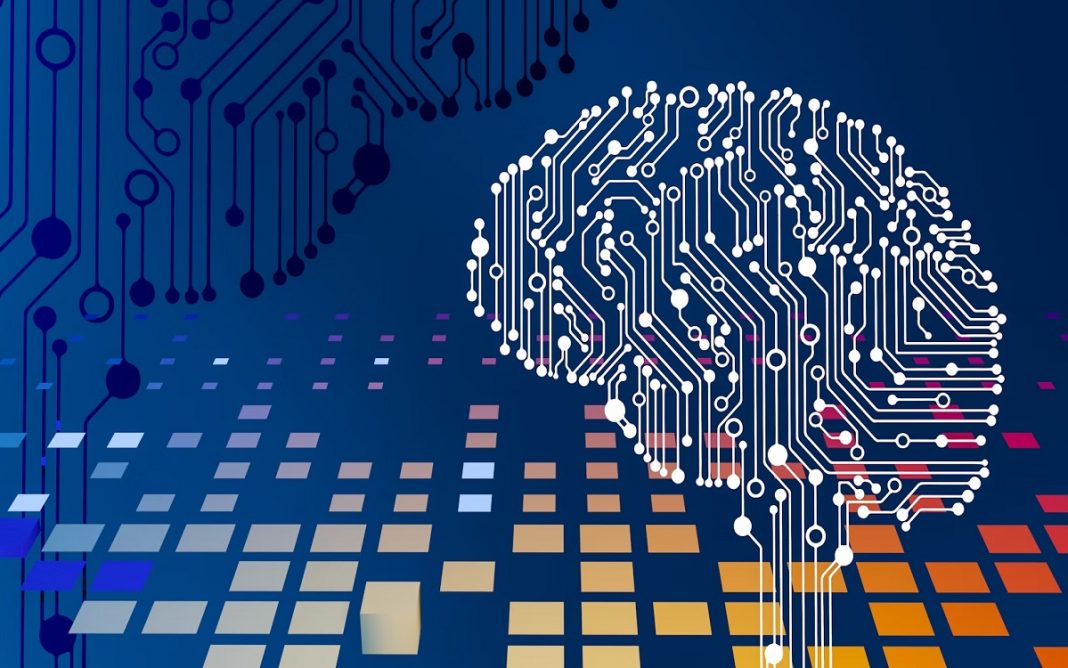Artificial intelligence (AI) has seen a huge amount of advances in recent years, largely fueled by the availability of massive datasets and computing power. While data storage solutions have evolved to meet growing demand, ultimately storage remains a key challenge that must be overcome for AI development to continue advancing. In this guide, we explore is data storage an obstacle to effective AI development.
Recent Released: How to Fix the Metro Bank App Not Working
The Growing Data Demands of AI
AI is getting used more as it develops so of course the more is getting used the more data storage it will need. As AI develops and evolves, it will need more datasets, model sizes, and computation requirements to get bigger and expand quickly. In recent years, there have been significant advancements in AI capabilities due to the pre-training process using massive datasets, but the data storage is severely restricted by these databases. For instance, vector DBs for rags are vital for the Large Language Models (LLMs) that allow AI to function.
It is necessary to store not just the actual raw training data but also the trained models, which may have millions or even billions of parameters. All the new information is created when AI models are used in real-world scenarios which further puts a strain on storage requirements.
Limitations of Current Data Storage Solutions
Any machine learning capability requires a training data set. AI algorithms become more advanced; they require massive datasets to train on. A growing problem is that storing these vast datasets pushes storage needs to new levels.
The existing data storage technologies have strengths but also limitations when it comes to meeting the huge amount of storage of advanced AI systems. Hard disk drives can store large volumes cheaply but are limited in speed and throughput. However, solid-state drives are faster but more expensive per gigabyte while tape drives are highly cost-efficient but very slow to access data. Even cutting-edge storage mediums struggle to keep pace with the data demands of complex AI models, which operate on the scale of petabytes and beyond. A problem that is growing is that the current storage solutions were not designed for the unique and immense demands of modern data-hungry AI systems.
Promising Directions and Innovations
Due to the growing use of AI and the issue with storage, people have started to develop and try to fix the problem. Despite the strain on existing storage systems, there are exciting and new data storage platforms that are developing to satisfy AI’s enormous data requirements. Datasets can be optimized and compressed through certain techniques without losing model accuracy, minimizing storage requirements.
As advancements in software and technology continue to improve speed, scalability, density, and efficiency, data storage solutions are changing to meet the increasing demands of sophisticated artificial intelligence systems. There are specialized high-density storage hardware being designed specifically for big data and AI workloads, maximizing speed, throughput, scalability, and cost-efficiency.



































 Online casino
Online casino
